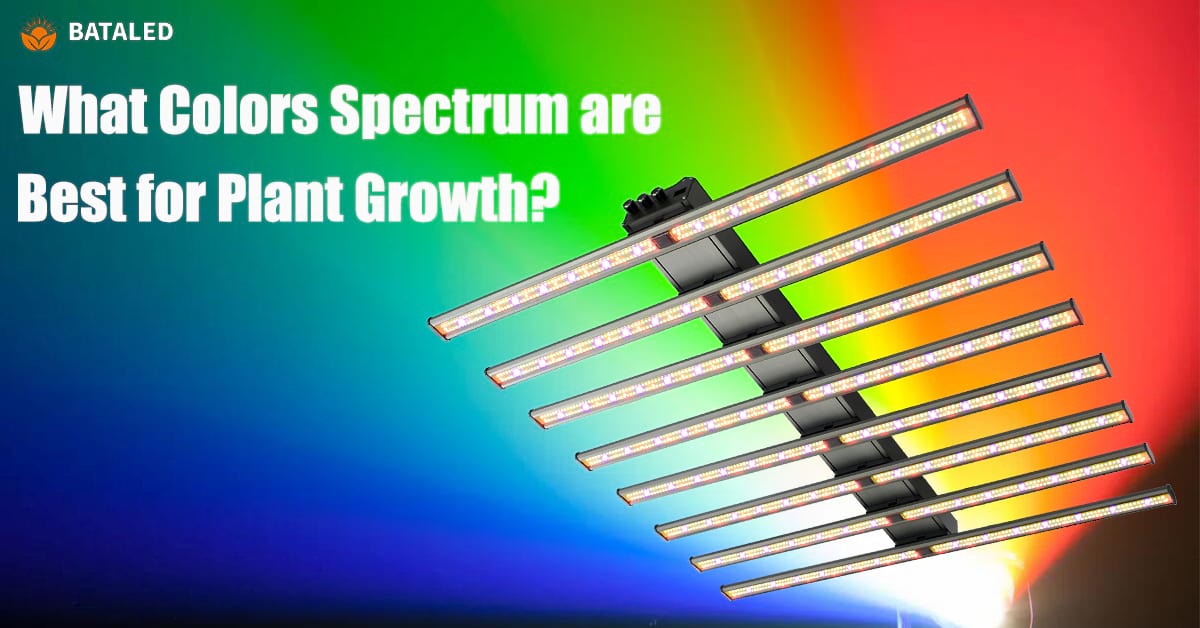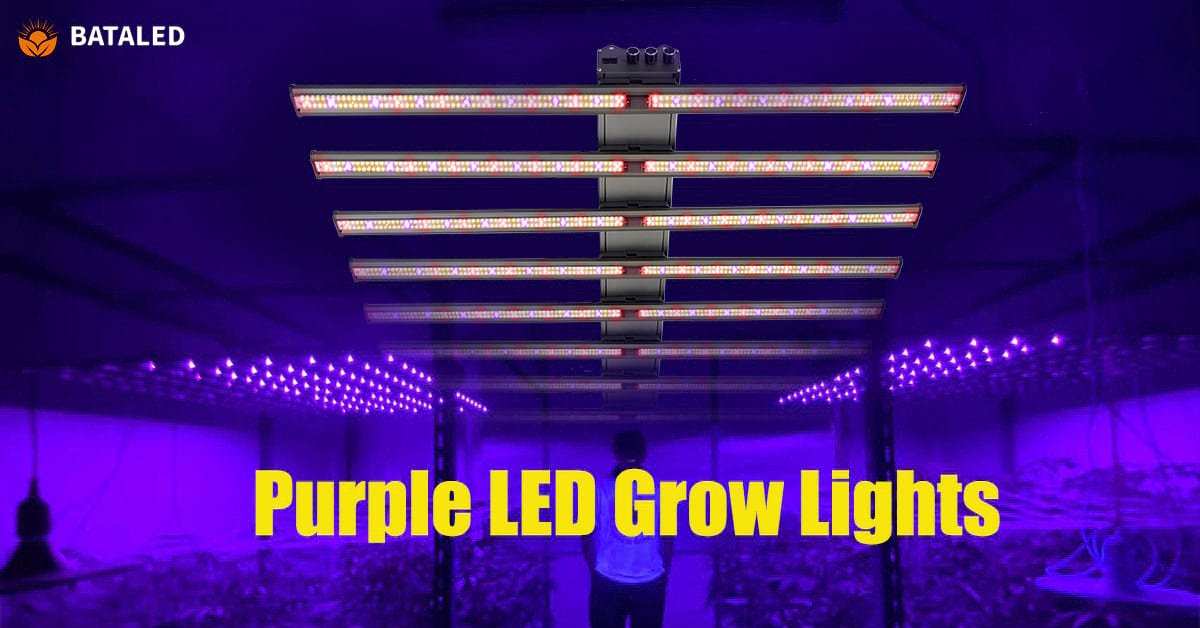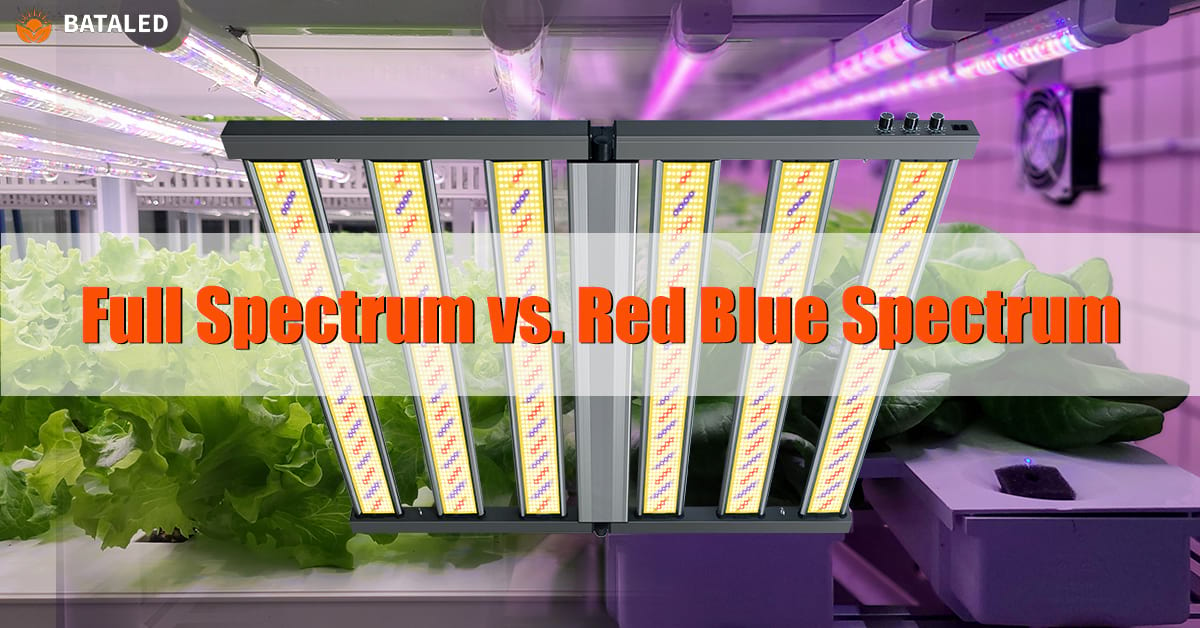How to Choose an LED Grow Light Driver? Isolated vs. Non-Isolated: The Ultimate Guide to Safety and Efficiency
LED drivers are critical components of LED grow lights, directly impacting safety, energy efficiency, and system stability. In horticultural lighting, two driver types dominate: isolated and non-isolated. But what do these terms mean, and how do you choose the right one?
This guide breaks down their differences in plain language, explains how to pick the best option for your setup, and reveals how to verify certifications to avoid low-quality products.
Definitions and Working Principles
What Is an Isolated Driver?
An isolated LED driver uses electrical isolation (e.g., transformers or optocouplers) to separate the input power supply from the LED load. This design prioritizes safety and noise immunity. Think of it like a smartphone charger: it converts 220V AC power into safe, usable DC current for LEDs.
Isolated Driver Circuit Design (see schematic diagram):
-
Electrical Isolation: A high-frequency transformer or optocoupler isolates the primary (input) and secondary (output) circuits, preventing high-voltage leakage.
-
Operation: AC 220V input is rectified, filtered, and converted into high-frequency pulses via a MOSFET. The transformer couples these pulses to the secondary side, which is then rectified and filtered to drive the LEDs.
What Is a Non-Isolated Driver?
A non-isolated driver lacks electrical isolation between input and output, directly driving LEDs through simplified circuitry. Common types include Driver-on-Board (DOB) and linear drivers. DOB offers flicker-free operation, while linear drivers are cheaper but prone to flicker. Most non-isolated drivers operate in constant-voltage or constant-current modes.
Non-Isolated Driver Circuit Design (see schematic diagram):
-
No Isolation: Input and output share a common ground, with voltage converted directly via components like buck/boost circuits.
-
Operation: AC 220V is fed directly to the PCB. Without a transformer, voltage is stepped down through electronic components and delivered to the LEDs.
Key Differences Between Isolated and Non-Isolated Drivers
Non-isolated drivers are slightly more efficient, but the core tradeoffs are safety and cost.
Safety Considerations
1.Electrical Isolation & Shock Risk
-
-
Isolated: Transformer blocks high-voltage leaks. Safe even during circuit failures.
-
Non-Isolated: Risk of shock if insulation fails (e.g., damaged housing).
-
2.Certifications & Insulation
-
-
Isolated: Meets strict standards (UL 8800, CE EN 61347) for commercial/industrial use.
-
Non-Isolated: Requires double insulation (e.g., plastic housing) to pass safety tests. Limited to low-power, enclosed fixtures.
-
3.Surge Protection
-
-
Isolated: Built-in surge suppression (e.g., transformers). Failure rate: <1%.
-
Non-Isolated: Vulnerable to surges. Requires added MOV protection. Failure rate: ~5%.
-
Efficiency Comparison
Non-isolated drivers skip the transformer, reducing energy loss:
Cost Analysis
1.Component Costs
-
-
Isolated: 30%–50% pricier (transformers, optocouplers). Example: MEAN WELL HLG-100H (~
11).
-
Non-Isolated: Simplified circuitry cuts costs.
-
2.Long-Term Costs
-
-
Non-Isolated: Higher failure rates (5%) increase maintenance expenses.
-
Isolated: Better durability reduces replacements.
-
How to Verify LED Driver Certifications
Global Certifications & Verification Tools:
-
North America (UL): Check UL Prospector for UL 8750/UL 1310 compliance.
-
Europe (CE/TÜV/SGS): Verify EN 61347 via TÜV Certipedia or SGS.
-
China (CQC): Search GB 19510 compliance at CQC.
-
Brand Portals: MEAN WELL, Inventronics, and Philips provide downloadable certificates on their websites.
Final Recommendations
Choose isolated drivers for outdoor, high-power, or humid environments. Opt for non-isolated drivers in dry, low-power indoor setups to save costs. Always verify certifications (UL, CE) to avoid substandard products.
By balancing safety, efficiency, and budget, you’ll ensure your grow lights perform reliably for years.
CATEGORIES
Recommended Post

Where It’s Legal to Grow Cannabis: Ultimate Tips & Cultivation Laws
About Author—Jose Li
Jose, a senior content creator at BATA LED, brings over 5 years of expertise in LED grow light. He delivers valuable insights to help growers and farmers better understand LED grow light technology, empowering them to boost crop yields and quality with advanced lighting solutions.


